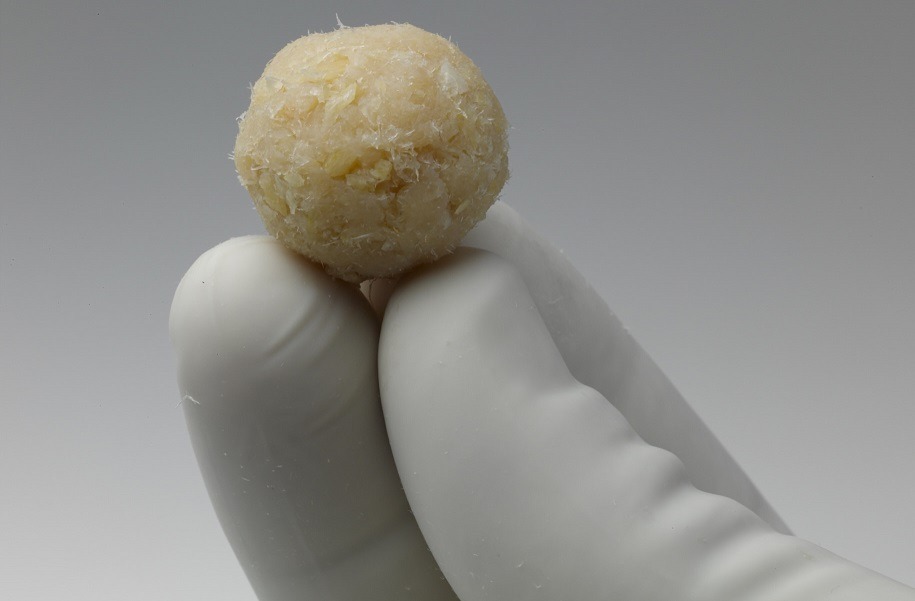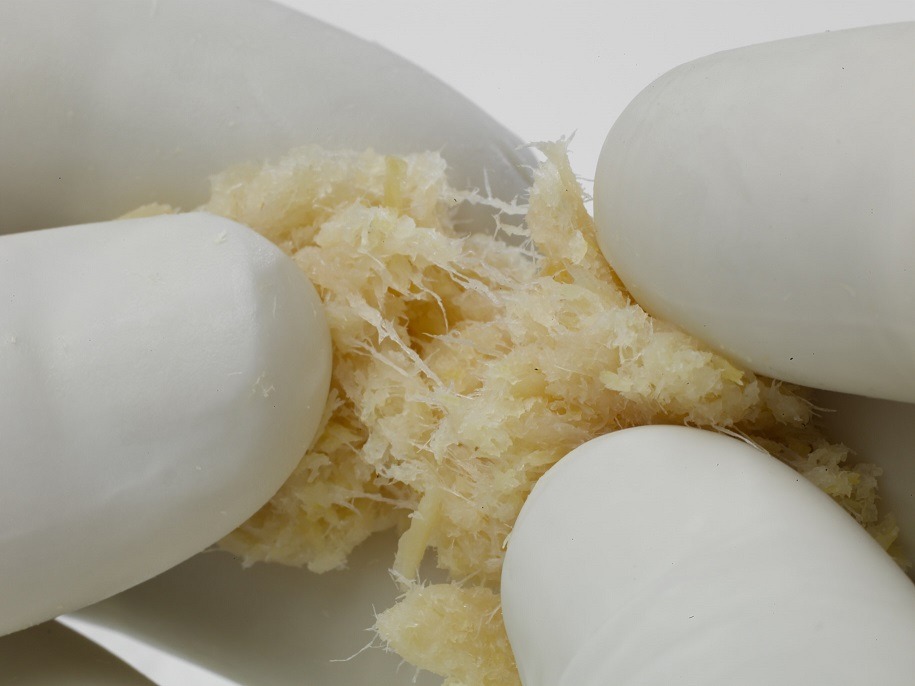 DePuy Synthes, in collaboration with LifeNet Health, has launched ViviGen Formable cellular bone matrix, a second-generation cellular allograft designed to assist in the formation of bone during spinal fusion surgery.
DePuy Synthes, in collaboration with LifeNet Health, has launched ViviGen Formable cellular bone matrix, a second-generation cellular allograft designed to assist in the formation of bone during spinal fusion surgery.
ViviGen Formable joins the first-generation, ViviGen cellular bone matrix, which launched in late 2014.
ViviGen Formable contains osteoinductive, demineralised fibres that create a putty-like consistency. The fibres interconnect to promote formable handling, favoured in open void cases such as posterolateral fusio. This handling is intended to help surgeons mould the allograft into a defined shape, allowing the matrix to conform to the surgical site.
“ViviGen Formable has a great consistency, which allows it to be packed into the openings of the posterolateral spine,” says Thomas Morrison of Polaris Spine and Neurosurgery in Atlanta, USA. “The handling characteristics of ViviGen Formable deliver confidence that the fusion bed is well-packed and grafted for fusion.”

According to a press release, both ViviGen and ViviGen Formable are intended to facilitate the protection of viable, lineage-committed bone cells from recovery to implantation, while retaining osteoinductivity, osteoconductivity and osteogenecity.
ViviGen and ViviGen Formable are human cells, tissues, and cellular and tissue-based products comprised of cryopreserved, viable cells within a cortical cancellous bone matrix and demineralised bone. According to the release, research conducted by LifeNet Health has enabled the processing of these products to maintain cell viability, resulting in an acceptable alternative to autograft.













